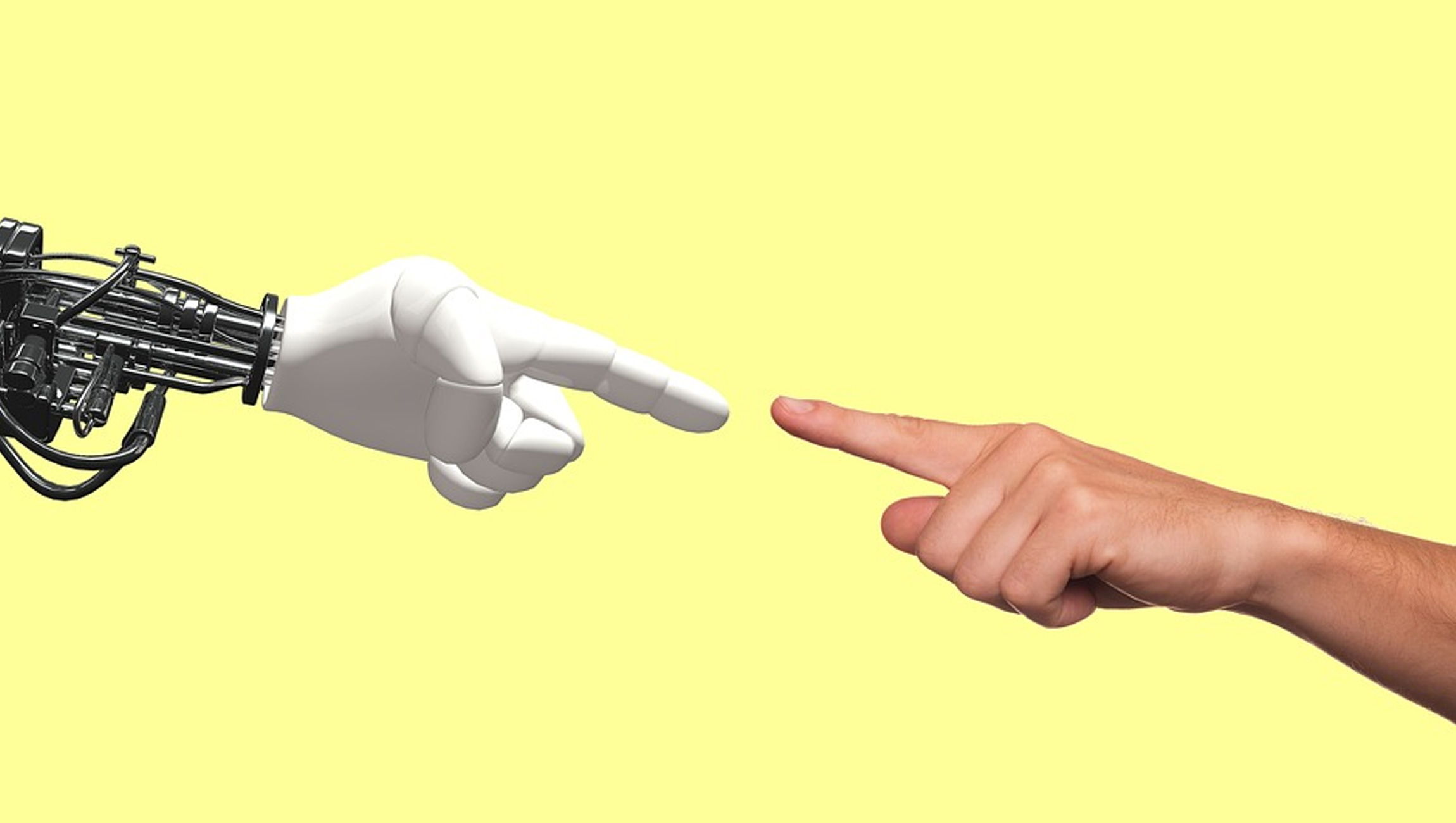Chatbots, virtual assistants and other Artificial Intelligence (AI)-powered marketing technologies are rapidly becoming commonplace. Yet, many CMOs are discovering the limitations of these technologies for one-to-one marketing. How should CMOs be allocating their technology investments to deliver deep contextual personalization and create ever-expanding customer experiences that will fuel growth for the next decade?
The answer to that question has been elusive. The truth is, most CMOs are bewildered by the vast and ever-increasing array of marketing technologies available. In 2018 alone, marketers were inundated with nearly 7,000 software products from more than 6,000 companies, according to Scott Brinker of HubSpot. In many cases, the scars of integration are still fresh — as are memories of tech investments that didn’t deliver the anticipated results. So, it’s not surprising many CMOs have worked to greatly simplify their marketing stack.
New Pressures Demand a New Approach
But relying on existing personalization strategies is no longer enough. Pressure continues to grow for CMOs to demonstrate ROI. After three straight years of increases in marketing spend industry-wide, budgets have slipped from a peak of 14% of revenue to 11%. Forward-looking marketing leaders know they need new approaches to enhance customer experience, improve channel effectiveness, and use data more effectively to improve marketing agility and fuel marketing innovation. What they need is a holistic approach that balances human and machine intelligence. The question is: What is the right balance in this human-machine collaboration?
I believe the key to success is a “machine-first” approach where technology has the first right to sense, understand, decide, and act. This means automating a vast number of activities that are still performed manually. A machine-first approach is about augmenting human capability using automation and AI to increase the growth potential of the enterprise. It enables monitoring customer engagement before and after the sale, automatically adjusting campaigns and engagements—from media selection and channels to messages and segmentation—on the fly to create a deep contextual experience that engages customers and inspires loyalty.
Currently, most marketing organizations are only scratching the surface, using digital technologies to personalize the brand experience in limited ways—generally at the point of transaction. A true machine-first model is about managing and personalizing the brand experience throughout the customer lifecycle in an end-to-end role that extends beyond marketing into sales, service and support, and even product/service design and development. The goal of machine-first is not only to streamline processes but also to master digital data—capturing and analyzing the precise customer data needed to inform the actions and decisions of human marketing teams.
Read More: Making Voice Tech More Human Is as Easy as 1-2-3
Machine-First Enables the Optimal Balance
So, what does a machine-first model look like in practice and how does this help achieve the right balance in human-machine collaboration?
To create stickier relationships with its customers, Starbucks created the Starbucks Rewards program to support true one-to-one marketing. In one year, the program added more than 10 million members in the US. A comprehensive cross-channel program, Starbucks Rewards gathers and analyzes customer data across all touchpoints to build a granular consumer profile—then automates the delivery of personalized offers to each individual consumer. This reinforces the bond between Starbucks and each customer, encouraging consumers to engage with the brand on their terms, using whatever platform they want at any given time. Starbucks’ use of omnichannel data to build loyalty enables the human component as well—the in-store experience—where store managers and staff focus on customers as individuals, not just as orders. This “people-centricity”—always core to Starbucks’ culture—is strengthened, not diminished or replaced, by the company’s automated, data-informed loyalty strategy.
Deep personalization is also crucial after the sale. Fiat Chrysler Automobiles (FCA) Brazil recognized that post-sales service of vehicles is a make-or-break factor for customer satisfaction and brand loyalty. To ensure a seamless customer experience across all service touchpoints, FCA integrated key functions across its customer interaction channels. This enabled proactive, personalized communications at every step through automated processes focused on a single goal: rapidly understanding and resolving the customer’s need or problem. AI-powered business intelligence provided human service agents with the customer insights needed to answer questions and solve issues quickly and effectively. This ideal balance of machine and human intelligence helped FCA Brazil accelerate complaint resolution by 25%. Based on this result, FCA is rolling out their human-to-machine service model worldwide.
Reshaping Customer Experiences
Deploying a balanced human-to-machine strategy requires CMOs to break free from a reactive, tactical mindset and view the entire customer lifecycle—from initial prospecting, nurturing and engagement to ongoing loyalty and support efforts, and even win-back campaigns—as a single, seamless, one-to-one conversation with each customer. Digital intelligence makes this possible by automating and orchestrating processes, and by creating linkages across channels and data sources to create a seamless, personalized experience.
The supply chains for Global 2000 companies have been doing a version of this for years. They leverage digital technologies to detect demand signals out to the point of sale, enabling proactive adjustments in production, inventory, and distribution to keep pace with changes in consumer behavior. Marketers must do the same, using every customer interaction to generate signals that automate actions and enhance the consumer profile, enabling marketing and service organizations to anticipate and fulfill customer needs and desires, moment by moment.
Read More: How Managed Execution Services Help Marketers Yield Better Results
The People Part of the Equation
This transformation is equally about people. CMOs need to identify, staff and train people for the new marketing roles that are becoming essential to operating a world-class, machine-first marketing organization. In particular, CMOs should rethink their talent strategy. For example, marketers need to be trained on data and analysis. CMOs are now bringing data scientists to their teams as a different set of talent is required for the marketing future.
These professionals must master digital data to be “data-informed” rather than “data-driven.” This means determining what customer data they need and what they don’t need to deliver ROI. They must continually seek new ways to use that data to deliver value to customers, while respecting and protecting customer privacy. And, they must be able to think outside their marketing silo, tearing down the old walls that separate corporate functions and create new ways to improve every customer interaction, both pre- and post-sale.
Breaking Through the Barrier
Adopting a model that properly balances the capabilities of skilled humans and those of intelligent machines is the key to breaking through the technology plateau that is holding back many marketing organizations. It’s the only way to deliver the deep personalized experiences consumers demand—and the technology ROI that CFOs demand.
Read More: 7 “Gotchas” for Data Engineers New to Google BigQuery










